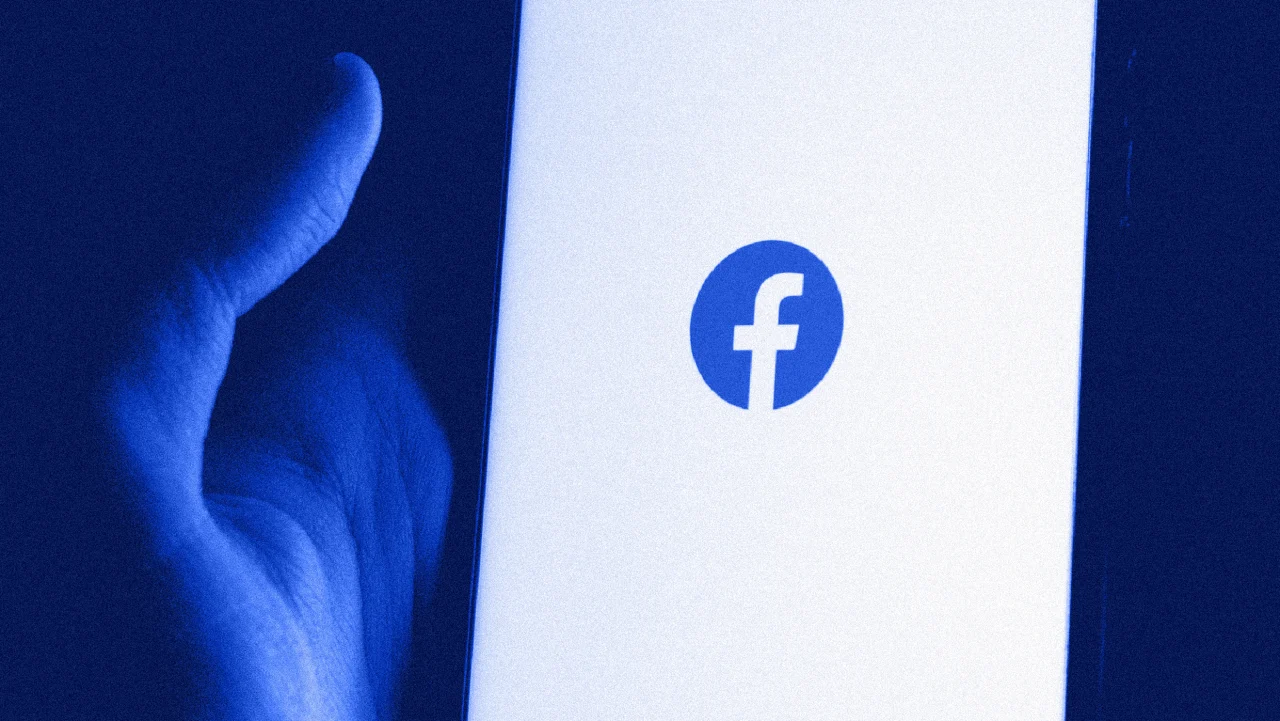lifehacker.com
We may earn a commission from links on this page.GoPro has such a hold over the action camera world, casual users might assume its brand name is synonymous with action cameras as a whole. But simply assuming GoPro is the be-all and end-all of small, dedicated cameras would do a disservice to popular competitors like DJI. It wont take long when watching any tech YouTubers behind the scenes videos to start seeing DJI's products pop upone creator has even famously gotten in trouble for stress testing a DJI camera by speedingand thats for good reason. DJIs gear tends to punch in the same weight class as GoPros while costing a little less, and arguably having slightly better specs. The DJI Osmo Action 5 Pro is no different. Credit: Michelle Ehrhardt What is the DJI Osmo Action Series?If your parents saw you with a DJI Osmo Action camera, they might ask is that a GoPro? But if your nerdy tech friend saw the same thing, theyd probably say nice. Since 2019, Chinese company DJI has been trying its best to make a foothold in the United States action camera scene, using what its learned from making drones and professional level gear (DJI equipment has been used in shows including Better Call Saul and Game of Thrones) to appeal to a more casual market while still maintaining an edge among power users. Thats resulted in a moderately affordable camera line that can really sing if you know what youre doing, but can take a little time for everyone else to get accustomed with.Whats new with the Osmo Action 5 Pro?To that end, the improvements to the Osmo Action 5 Pro (which is a sequel to the Osmo Action 4, with "Pro" tacked onto the end as a new marketing term) tend to be a bit nerdier than the flashy modular lenses GoPro announced alongside its new Hero 13 Black, but theyre no less meaningful, especially if raw numbers are what you care about most.In other words, open the box and youll get the same small rectangular form factor that youre probably used to by now (the camera measures in at a rough 1.7 x 2.8 x 1.3 inches), plus a larger rear screen, but you wont see any major surprises. Take one look at the spec sheet, though, and you might start to understand the appeal. Credit: Michelle Ehrhardt Yes, the raw resolution and frame rate limits are the same as on the Osmo Action 4, ranging from 1080p at 240 fps to 4K at 120 fps, and the field of view still tops out at a respectable 155 degrees. But inside the camera, you have a new image sensor with a larger pixel size (meaning better lighting and motion clarity), a more efficient processor for larger battery life, a bigger battery at 1,950 mAh, 48GB of internal storage, and touch-sensitive OLED panels for both displays.Some of those specs immediately put the DJI ahead of the competition, since GoPro cameras have a slightly smaller pixel size, do not have internal storage, have no OLED, and only come with one touch-sensitive screen. GoPro cameras also have a smaller aperture, which could make shooting in low-light conditions more difficult than with a DJI camera, although the aperture in the Osmo Action 5 Pro remains unchanged from the past few models.Do the Osmo Action 5 Pro's improvements make a difference?The DJI Osmo Action 5 Pro is my first time actually going hands-on with a DJI camera, so for my own testing, Ill be placing it up against the competition more than prior models. My biggest takeaway? Wow, this thing is long-lasting. Usually, when I take an action camera out for testing, I expect to lose about 30 or even 40% of my battery life in one to two hours of on-and-off recordingthese devices arent really intended to run continuously for long periods of time. With the Osmo Action 5 Pro, I only lost about 20% after going on a 90-minute excursion. Credit: Michelle Ehrhardt Thats a little better than I got on the Hero 13 Black, which was down to 20% after only an hour, and matches the testing done by Lifehacker sister site PCMag. While both numbers are admirable, the Osmo Action 5 Pro is class-leading.PCMag also mentioned that its review unit of the GoPro Hero 13 Black suffered from overheating, and while I only experience mild heat spikes, I had similar issues with the Hero 12 Black. Meanwhile, the DJI camera was always cool to the touch. As for the footage itself, Im sated. Nothing is exceptionally good or bad, and all results are about as expected, although maybe a little brighter than what I was used to with my GoPro. Image stabilization is smooth and moving objects have little blur to them, at least during the daytime, but I dont want to oversell it. With the exception of slightly brighter footage, most of the video improvements here are a bit too slight for my casual eyes. Ive been sitting on this footage for a little bit now, so youll see some Halloween decorations in my example shots, and the camera performed well in capturing all the details of artificial spider webs and skeletons. It also did well in capturing more natural environments, like the fall leaves in the trees overhead. But while this does the job of producing footage worthy for use in professional projects, it doesnt necessarily stand out. Credit: Michelle Ehrhardt Where the Osmo Action 5 Pro does make a bit more of a name for itself, though, is with photos. I was impressed with the out-of-the-box detail here, especially in low light, while I pretty much refuse to take photos on the Hero 13 Black without the $129 Macro Lens Mod attached. With that add-on, its a bit more of an even experience, but its clear that the DJI camera offers more bang for your buck. Credit: Michelle Ehrhardt A split accessory ecosystemIt might sound odd to say, but the quality of your footage might not be the deciding factor in which action camera you get. There are only so many ways to make 4K at high frame rates look better, so its supplemental features that can be the kingmaker here.Aside from improving battery life or built-in screen quality, the big way to make a name for yourself in this space is with accessories. Here, GoPro and DJI take two separate approaches, with neither being objectively better.Both companies offer the basics, including mounts (which are generous enough to work with either brand), cases, extra batteries, and as of the GoPro Hero 13 Black, magnetic adapters, but their approaches differ a little bit when it comes to video and audio. Credit: Michelle Ehrardt Essentially, if you want more lens options, GoPro is your go-to. If you want more microphone options, then youll want to opt for DJI. There are third-party options for both, but there are perks to buying straight from the manufacturer.For instance, the GoPro Hero 13 Black introduced a series of modular lenses that I was pretty impressed by, since they open up new aspect ratios, better close-up detail, various ND filters for different lighting conditions, and a wider field-of-view. DJI, meanwhile, only makes ND filters and one lens for upping the field of view, although that lens does give you 182 degrees vs. the GoPro Ultra Wide Lens 177 degrees.By contrast, GoPro doesnt make any microphones, whereas DJI is arguably known just as much for its microphones as for its drones and cameras. And while you can use DJI microphones with GoPro devices, the benefit of using them with the DJI Osmo Action 5 Pro is that certain newer mics will support a direct connection with the camera, resulting in higher quality audio than youd get over Bluetooth without the need for an adapter.Ultimately, Id say that the accessory field for either brand is strong, and ultimately depends on what you need. However, given that every video needs audio, but not all of them need, say, an anamorphic lens, DJI might have a slight advantage for most people.The confusing app ecosystemOne place where DJI does not have an advantage is the app experience. On the surface, both DJI and GoPro offer similar features, including a player for your cameras video clips and a basic editor, but with an optional subscription, GoPros app also offers unlimited automatic cloud backups, cross-device sync, an expanded editor, and automatic highlight generation.None of these features are strictly necessary, although its nice that theyre an option. But what really makes the GoPro app stand out over DJIs, even on the free tier, is that its optional and easier to navigate. Credit: DJI Frustratingly, setting up the Osmo Action 5 Pro requires activating it via the app, or else youre not going to get its needed firmware. That means sitting through an entire front page of ads, and if youre like me, plenty of pairing issues. I actually had to settle for installing the needed firmware through an SD card, but even then, I still needed to use the app to initialize the install.Meanwhile, the GoPro app is much more what-you-see-is-what-you-get, with easy to understand menus and no ads for other GoPro products cluttering up the interface. And if youd rather ignore it, you can.Should you buy the DJI Osmo Action 5 Pro?With a lower price point and specs matching or sometimes exceeding GoPros recent flagship, the DJI Osmo Action 5 Pro seems like the best action camera for most people on paper, but its not quite that simple. Its still an excellent camera, but Im hesitant to say its the best one for everybody.If all you need is a simple, point-and-shoot device and you dont rely on a lot of different lenses or mobile editing too much, then yes, the DJI is probably for you. If you need professional-level audio, its also a good choice. But theres no denying that GoPro offers an easier-to-understand user experience, and its modular lenses are still a cool add-on option.With that said, Id say the Osmo Action 5 Pro is probably better for power users, who likely have other gear to help supplement it, while the GoPro Hero 13 Black might be better for beginners who want one device that can do it all, supported by an intuitive mobile experience.But with the Osmo Action 5 Pro starting at $350 (you can pay extra to get bundles with various mounts or backup batteries) and the GoPro Hero 13 Black costing $400 without any of its extra lenses or its mobile app subscription, thats a fine line to walk. Youd certainly be happy with either, assuming youre willing to sit through DJIs subpar mobile app long enough to set up the Osmo Action 5 Pro.Its also worth pointing out that these are both flagships. If you need a rugged dedicated camera, but dont need modularity or extra high frame rates, cheaper options like the $180 GoPro Hero should do the job just as well.












